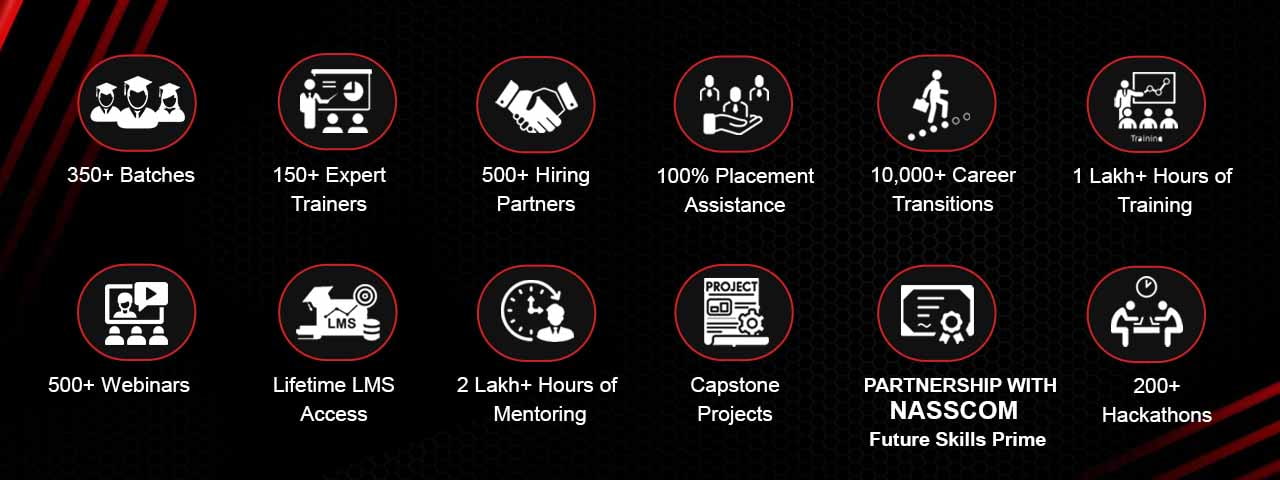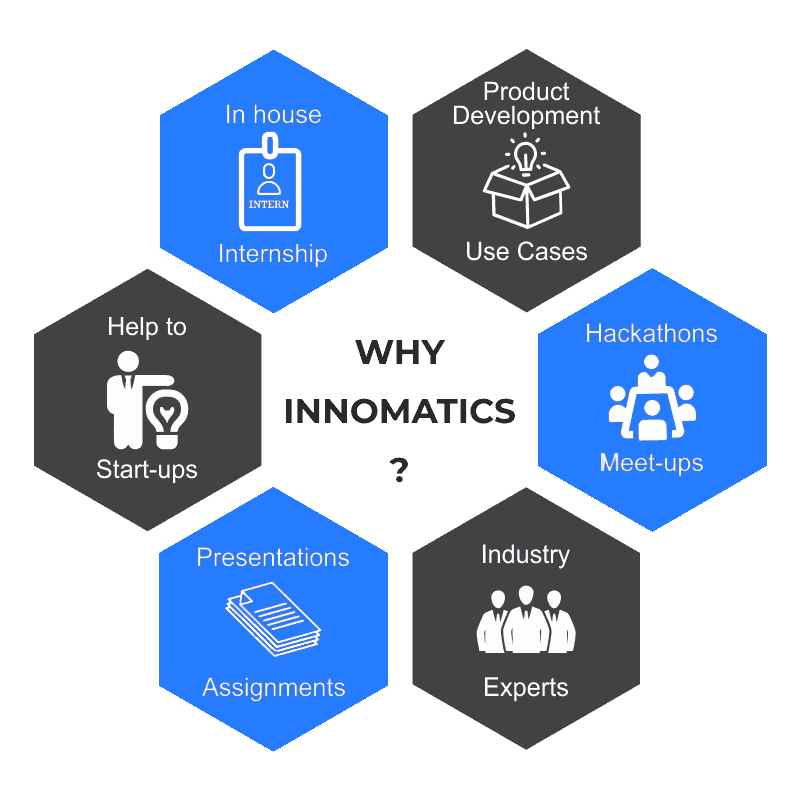NASSCOM Futureskills Prime Certified Advanced Data Science with Python Program including Free Internship & 100% Placement Assistance
*Data is the fuel of the 21st Century.
This advanced NASSCOM FutureSkills Prime Certified Data Science course in Hyderabad guarantees career transformation. Here’s a one-time opportunity to learn with the best Data Science training in Hyderabad. Gain knowledge of data analytics, tools, and operations for data science certification and meet the massive demand for these skills.
Here you will learn to read, analyze, clean, engineer, and present data in a way that promotes the growth of your business. To drive data and extract significant results, this Data Science course can help you progress in leaps and bounds. This NASSCOM FutureSkills Prime Certified Data Science training will accelerate your career as it covers relevant topics & pushes you to work on real-time scenarios.
Artificial Intelligence and Machine Learning in Data Science technology are constantly revolutionizing the industry by innovating and solving complex business problems.
Our principle of holistic development lies in the strong bedrock that believes in the amalgamation of theoretical knowledge along with practical training.
PREREQUISITES:
The candidate must be pursuing a Bachelor’s degree.
Previous coding experience is an added benefit.
NASSCOM FutureSkills Prime Certified Advanced Data Science with Python Course Curriculum (Syllabus)
Languages & Tools Covered in Data Science course

Why Innomatics Stands Out the Best!
Why Data Science at Innomatics Research Labs?
- 500+ Industry experts from Fortune 500 companies
- Dedicated In-house data scientist team accessible round the clock
- 200+ Hours of intensive practical-oriented training
- Flexible Online and Classroom training sessions
- 5+ Parallel Data science batches running currently on both weekdays & weekends
- Backup Classes and Access to the Learning Management System (LMS)
- One-to-one mentorship and Free Technical Support
- FREE Data science Internshipon our projects & products
- Projects and use cases derived from businesses
- 30+ POCsand use cases to work, learn, and experiment
- Bi-weekly Industry connections from industry experts from various sectors
- Opportunity to participate in Meet-ups, Hackathons, and Conferences
- Dedicated training programs for NON-IT professionals
- 100% placementassistance
- Globally Recognized Certification from NASSCOM FutureSkills Prime
What is the scope of Certified Data Scientists in India?
Data Science is quoted as the Sexiest Job of the 21st Century – Harvard Business Review
According to the Harvard Business Review, Data Scientist is the sexiest job of the 21st century. Data Science has also topped LinkedIn’s Emerging Jobs List for 3 years in a row.
During the pandemic in 2021, there were around 82,000 job openings globally that required skills in Data Analysis and India witnessed a 45% increase in the adoption of Artificial Intelligence.
Therefore with each passing day, individuals and organizations are embracing digital increasing the market demand for Data scientists. The average salary of a Data Scientist in Hyderabad alone is at around Rs 6 lakhs. An entry-level Data Scientist can earn anything between Rs 5 -6 lakhs. If a candidate is willing to constantly learn, upgrade and upskill themselves, the compensation package may go up to Rs 24 lakhs or crores for that matter.
Job opportunities (Careers) in Data Science Technology
Data Scientists are needed for businesses in every Industry. Even tech giants such as Google, Amazon, Apple, Facebook, Microsoft are constantly in need of Data Science experts who have in-depth knowledge in data extraction, data mining, visualization, and more. Here are some leading careers in Data Science
Business Intelligence Developer
With an average salary of $89,333, they design and develop business strategies for quick decision-making and growth.
Data Scientist
With an average salary of $139,480, they explore, analyze, visualize, and organize data for the companies. They analyze the complex data sets and processes to find patterns for decision making and predicting the business and drive strategies.
Applications Architect
With an average salary of around $134,520, they track applications behavior and applied in the business to analyze the way they interact with the user.
Industry Architect
With an average salary of $126,353, they analyze the business system and optimize accordingly to support the development of updated technologies and system requirements.
Enterprise Architect
With an average salary of $161,323 they work with stakeholders, including management and subject matter experts (SME), to develop a view of an organization’s strategy, information, processes, and IT assets.
Data Architect
With an average salary is $137,630, they build data solutions that can be applied on multiple platforms.
Data Analyst
With an average salary of $83,989, they transform and manipulate large sets of data, which incorporate web analytics tracking and testing.
Data Engineer
With an average salary of $151,498, they perform real-time processing on data that is visualized and stored.
GLIMPSES OF OUR VICTORY – Successfully Placed Innominions
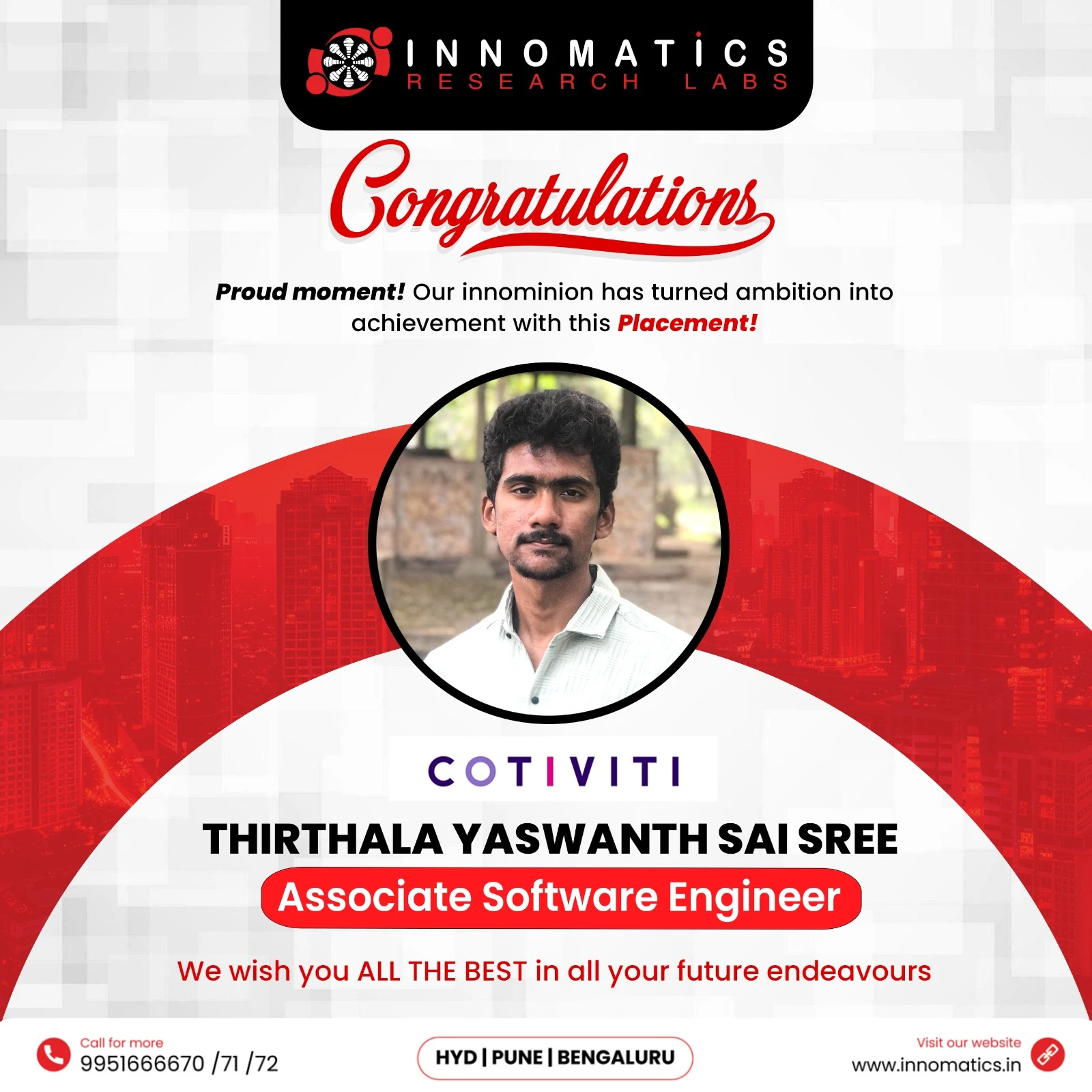

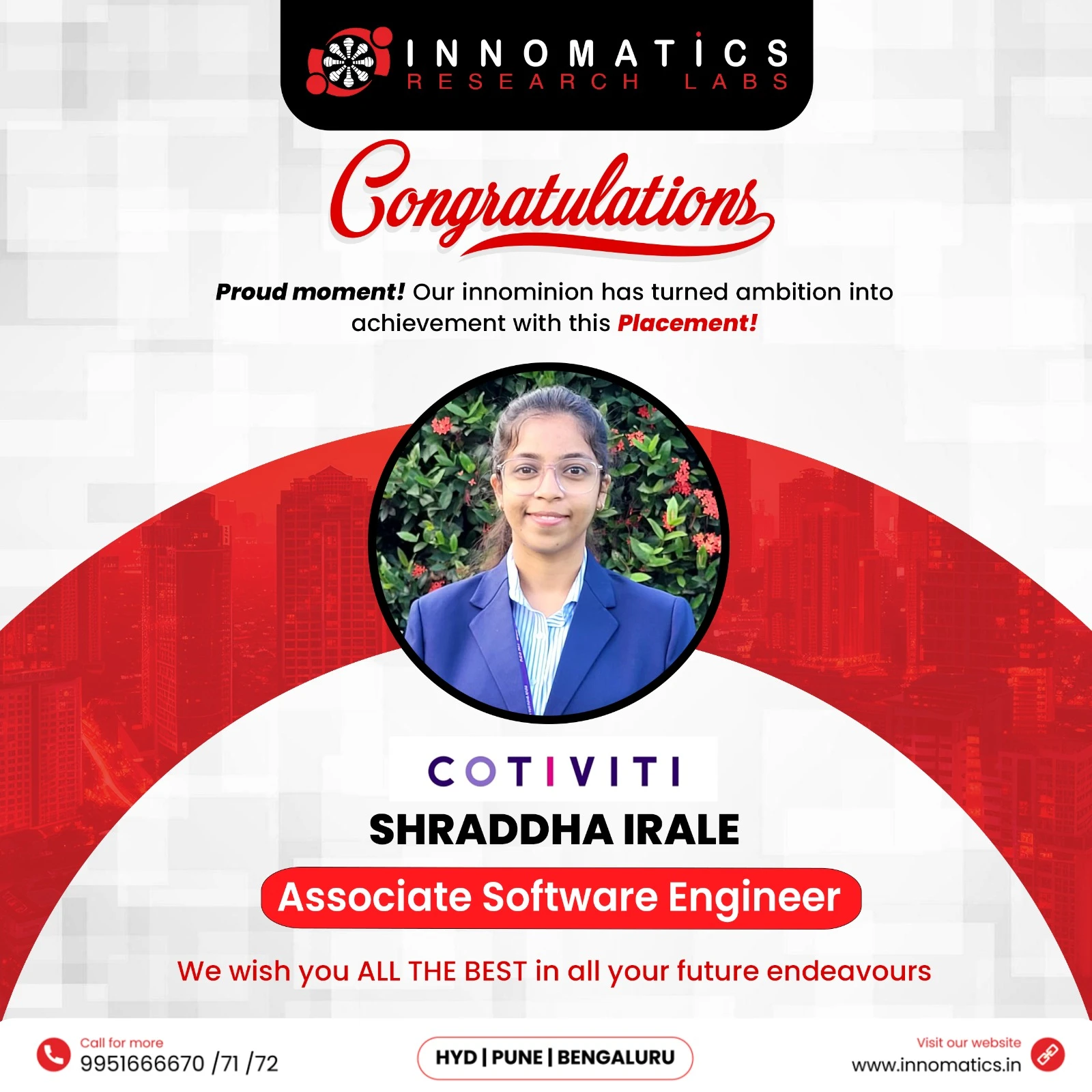
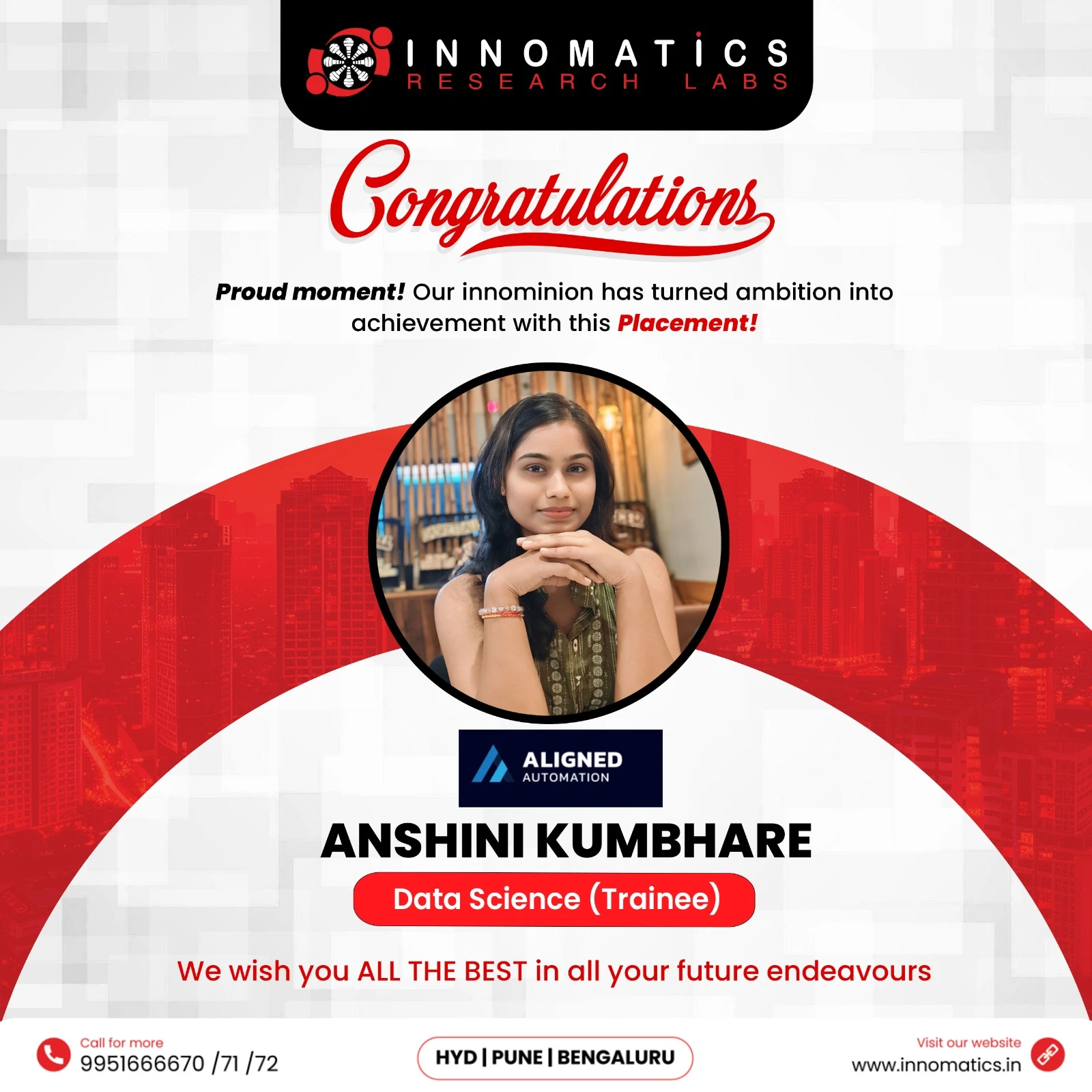
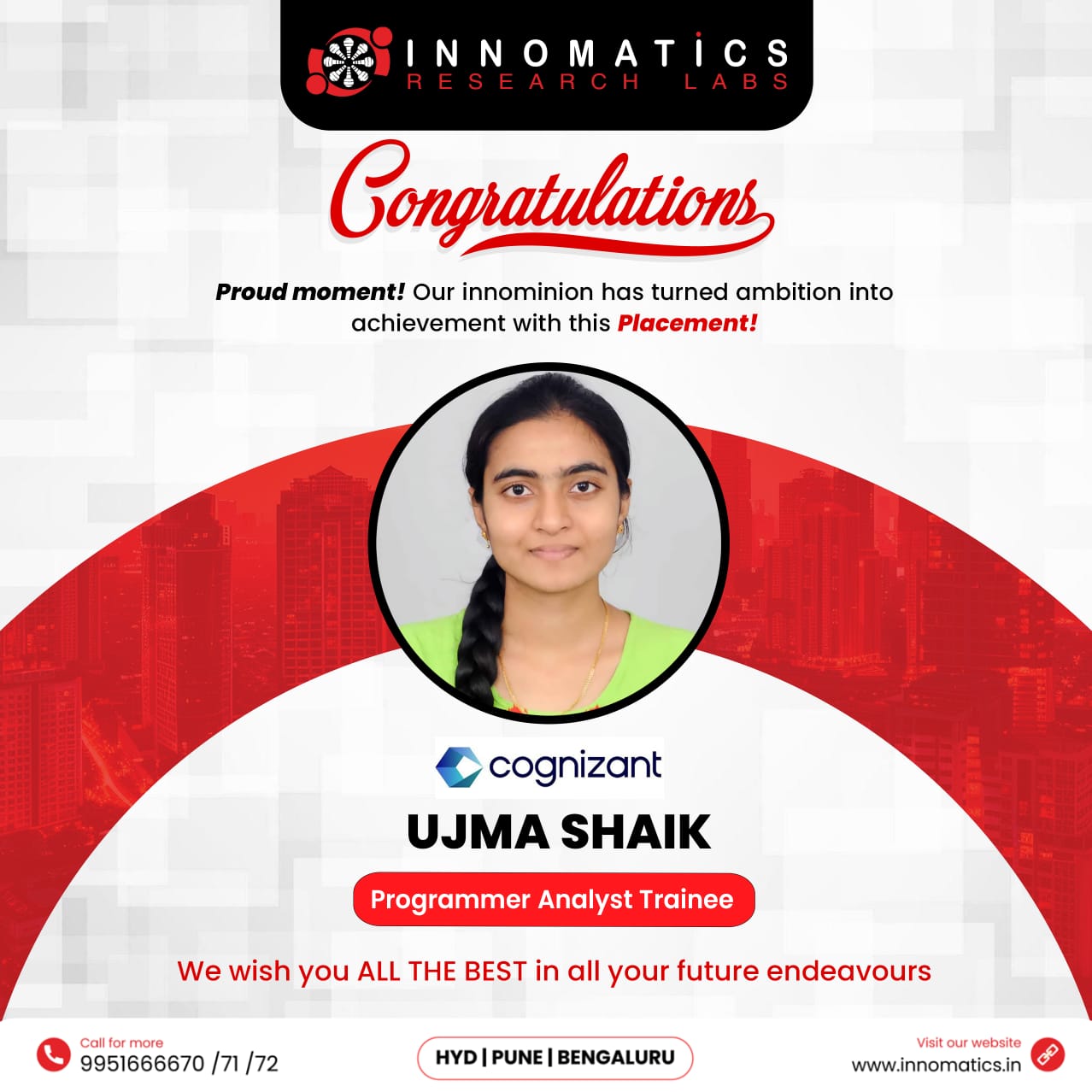


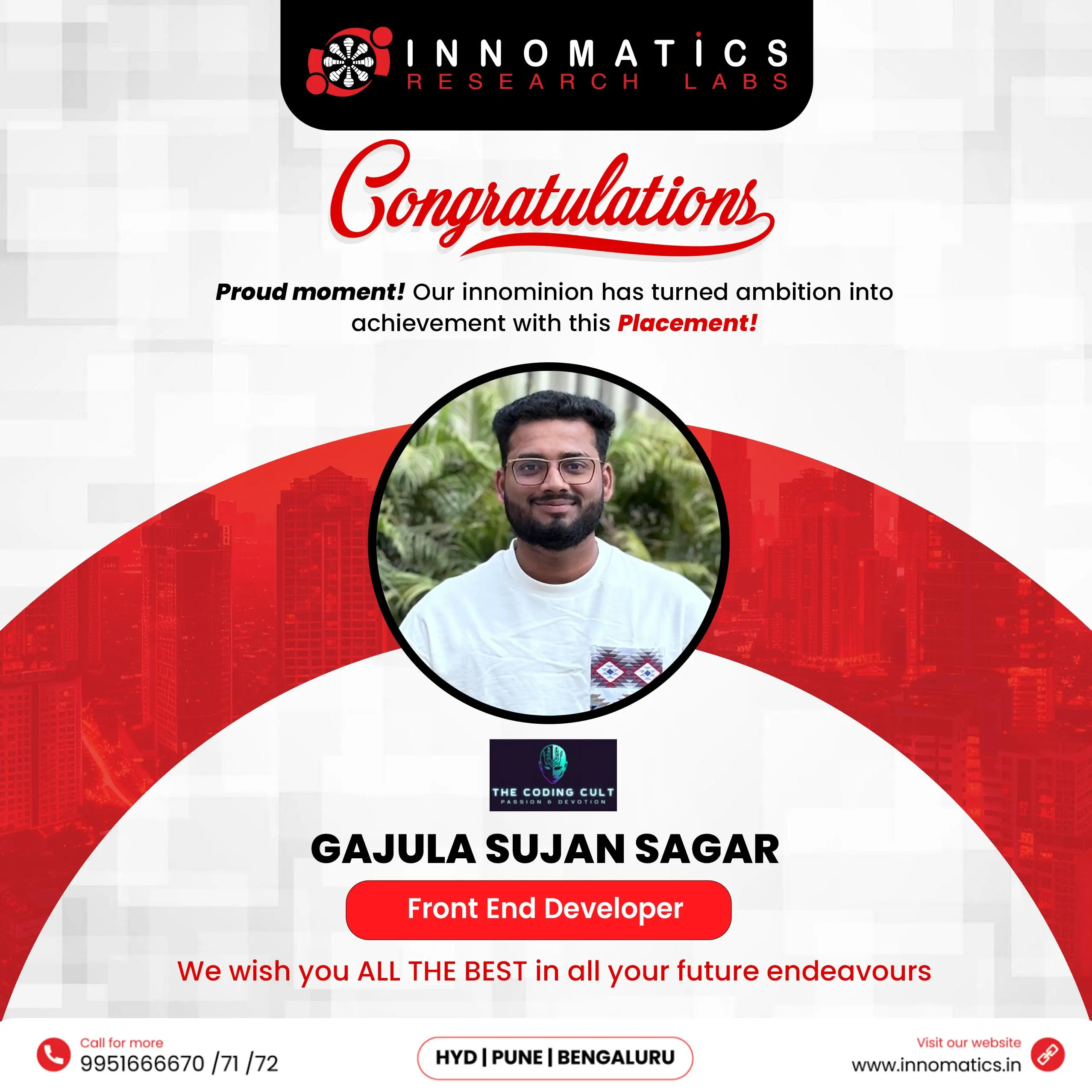


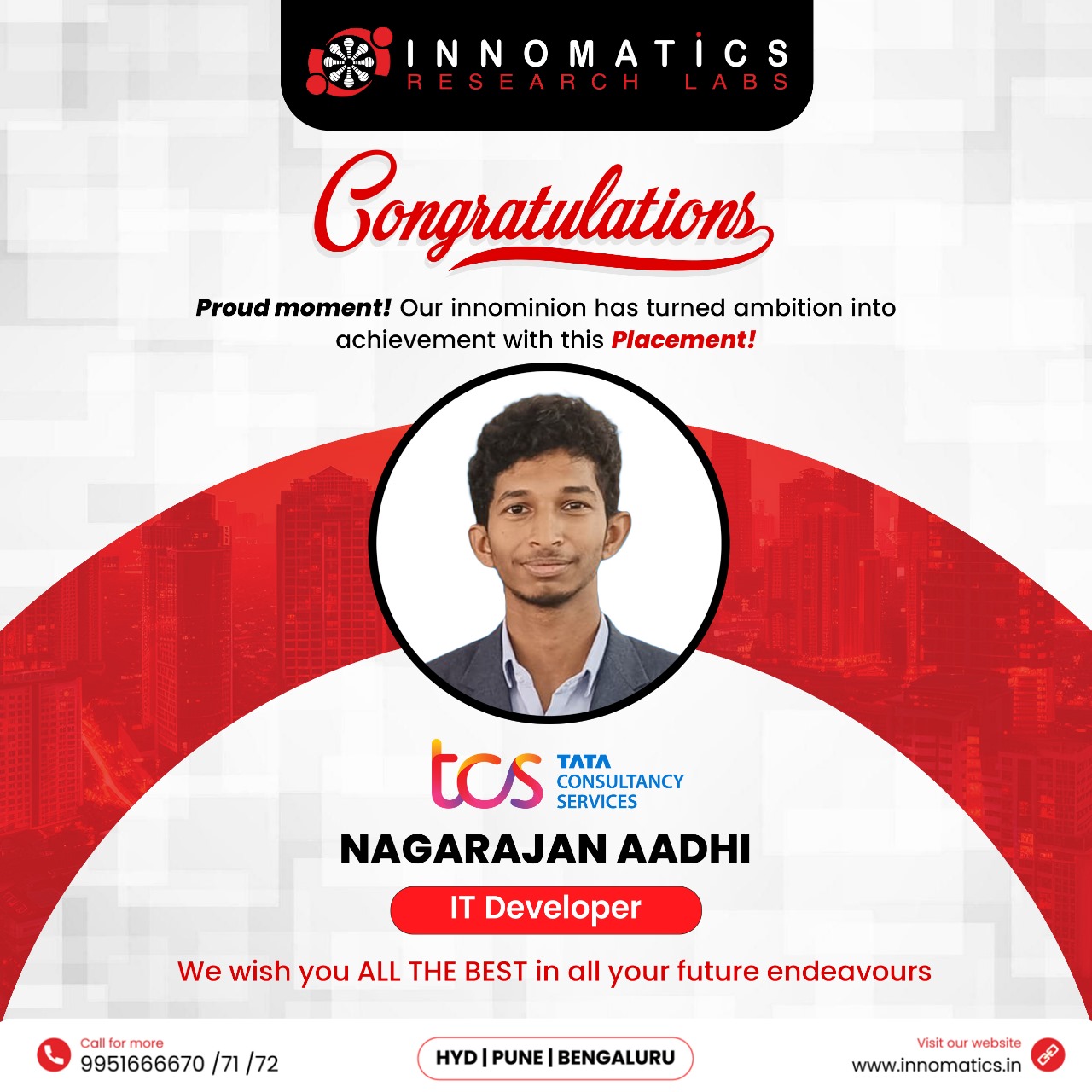
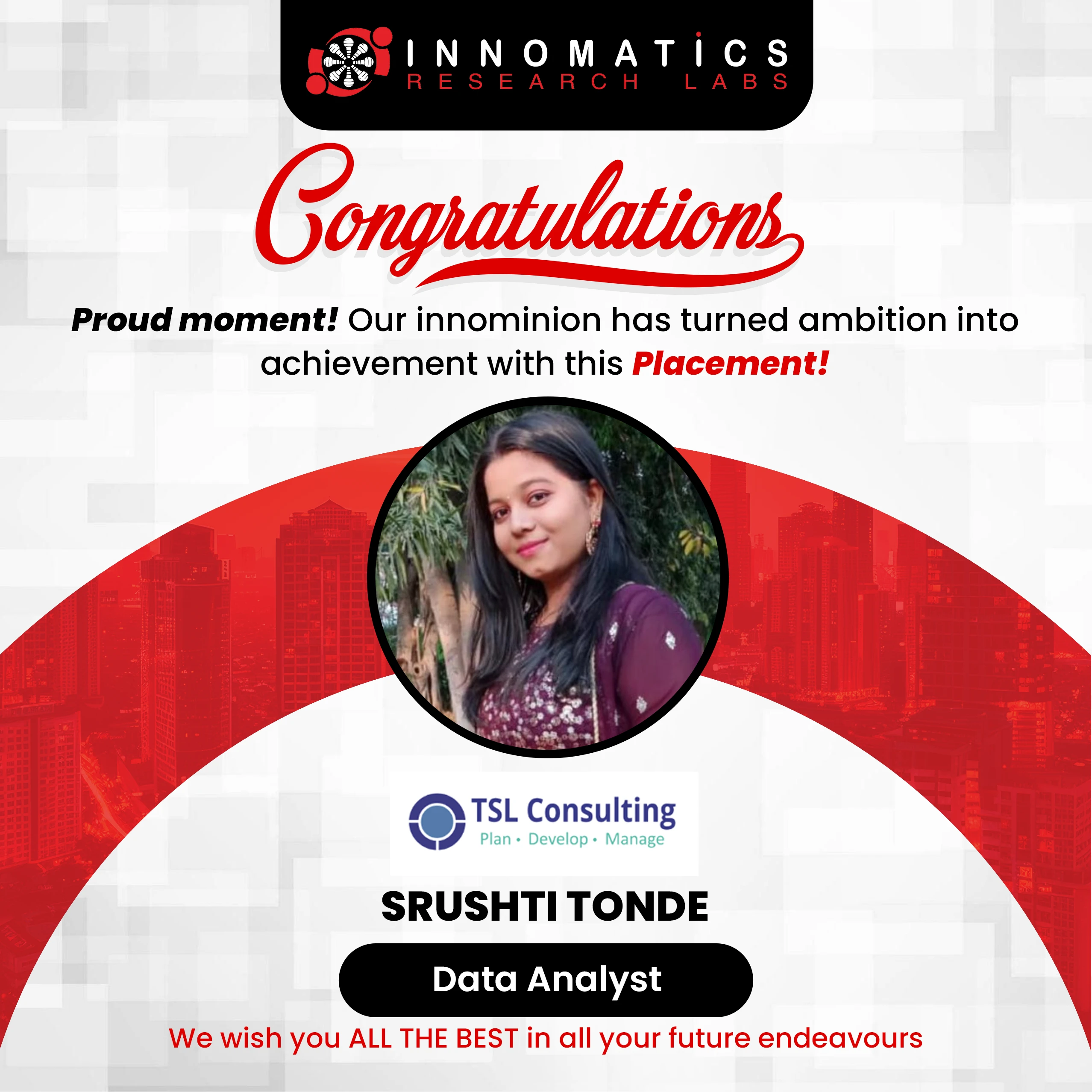
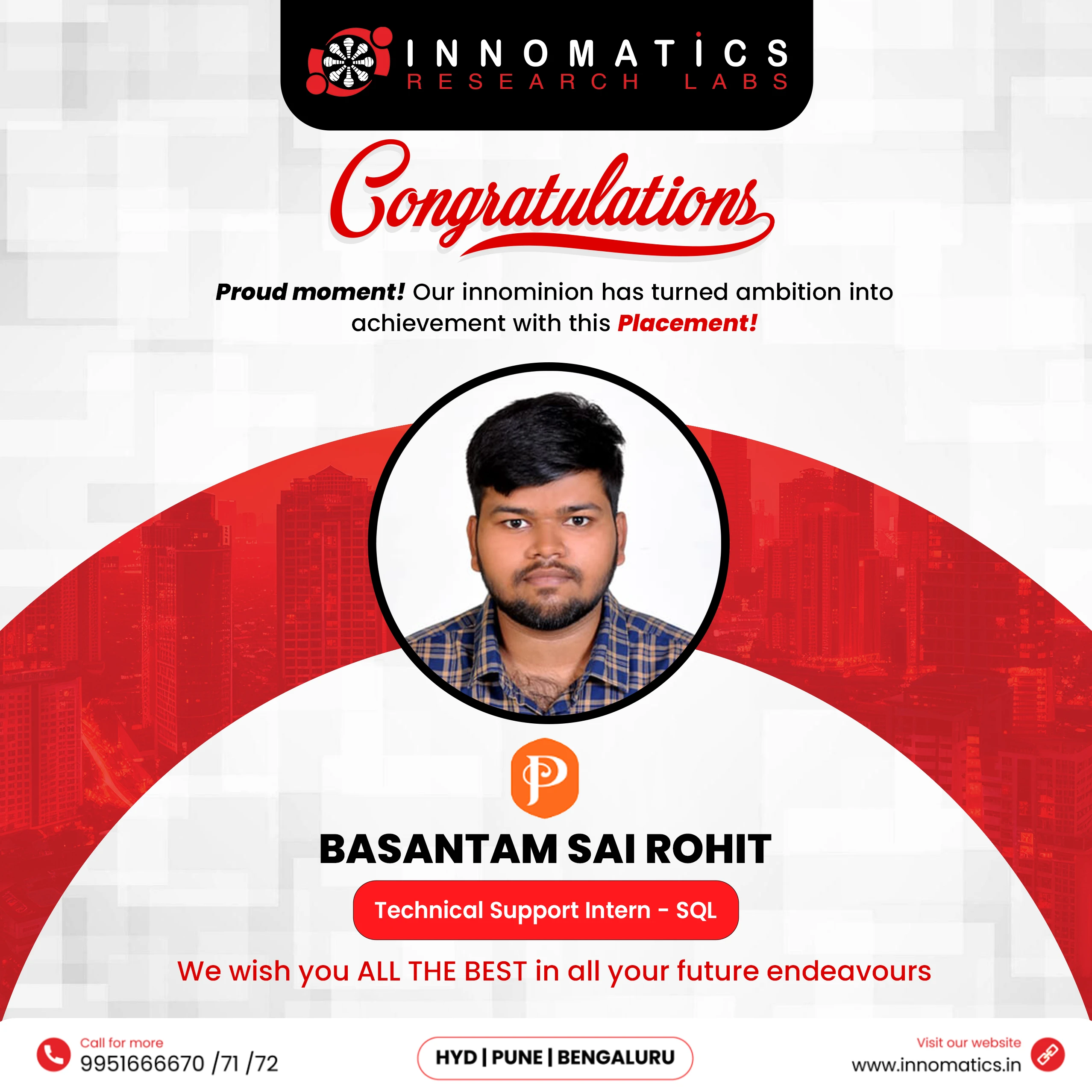



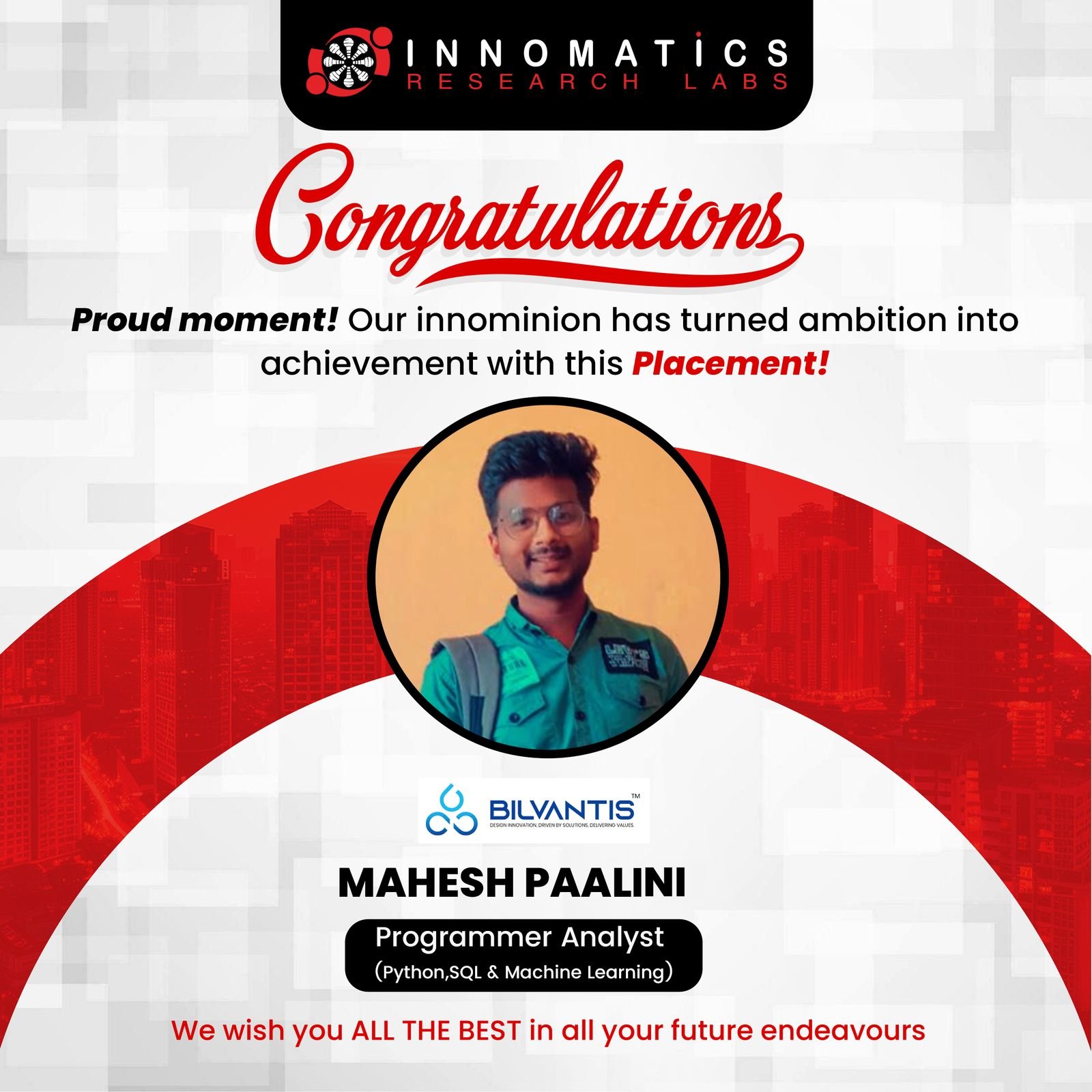
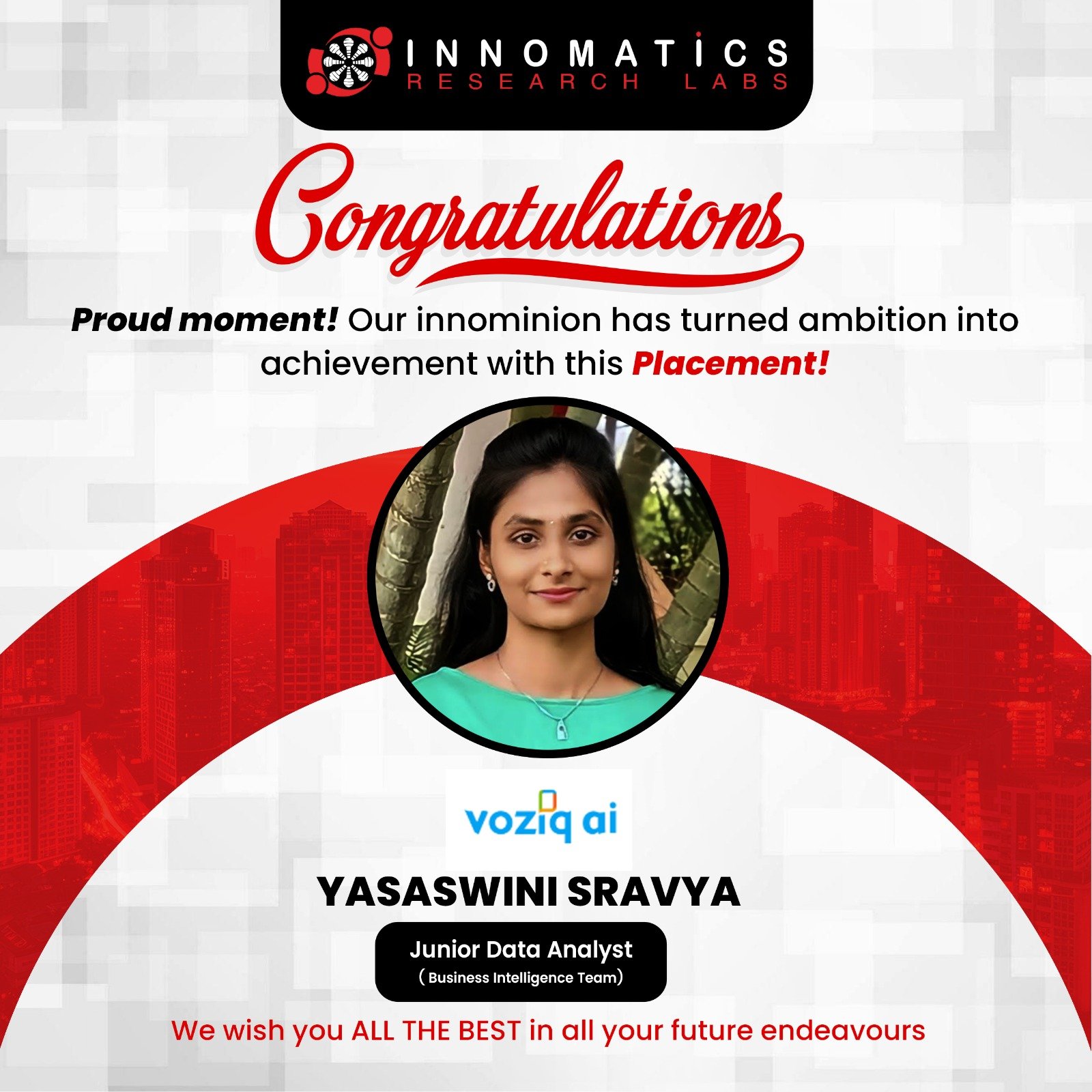
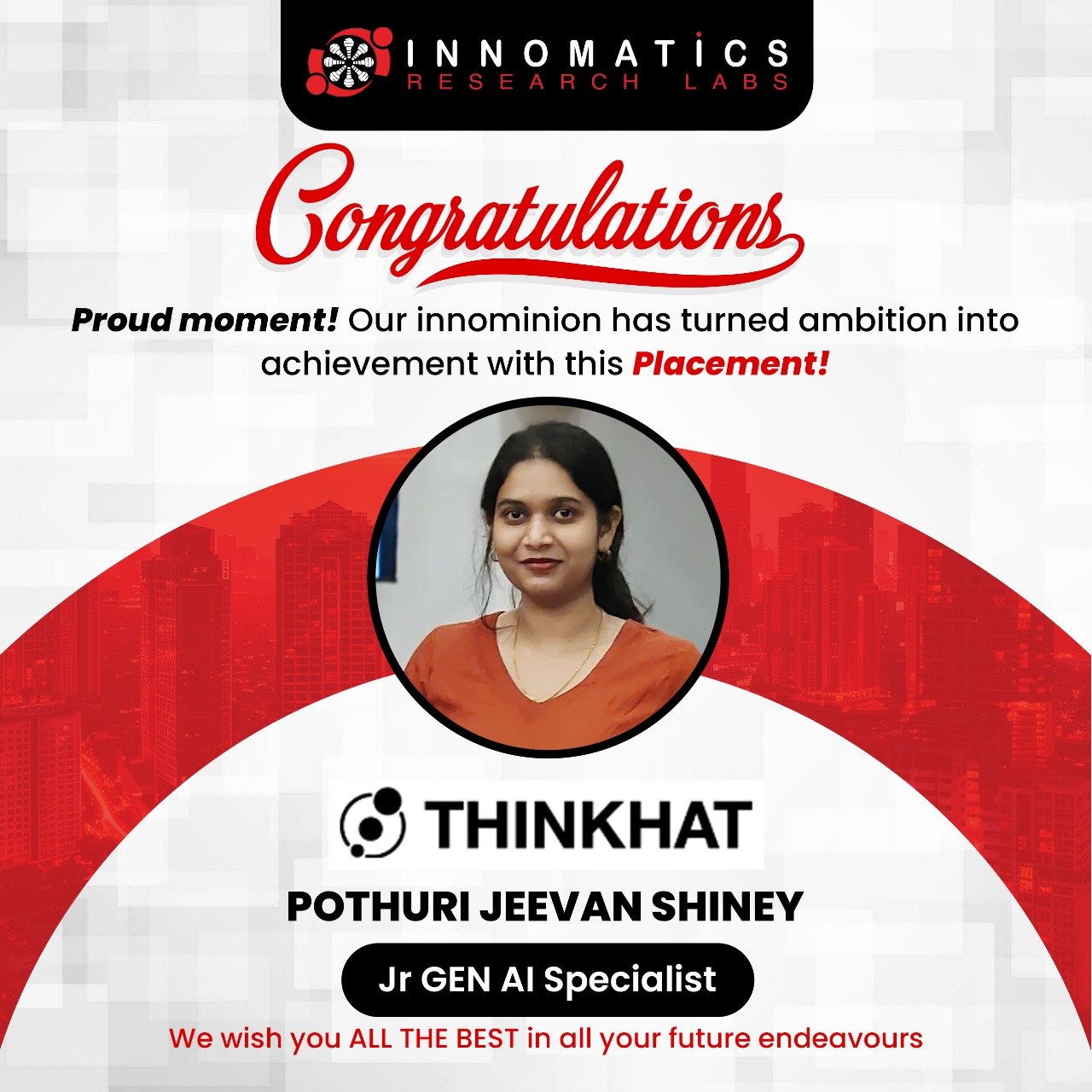



Here are the Success Stories of our Innominions
Frequently Asked Questions (FAQs)
Your Title Goes Here
Your content goes here. Edit or remove this text inline or in the module Content settings. You can also style every aspect of this content in the module Design settings and even apply custom CSS to this text in the module Advanced settings.
What will I learn in NASSCOM FutureSkills Prime certified Data Science?
In Data Science, you will learn how to find valuable data, analyze and apply mathematical skills to it to use in business for making great decisions, developing a product, forecasting, and building business strategies.
What is the average salary of a Data Scientist?
In India, Data Scientist salaries vary widely, typically ranging from ₹3 LPA to ₹20 LPA, depending on skills and experience. Here’s a quick breakdown:
Data Analyst: ₹3–7 LPA
Junior Data Scientist: ₹6–9 LPA
Data Scientist: ₹10–15 LPA
Are there any prerequisites to learn the Data Science course?
One need not have any major knowledge in Data Science. A basic understanding of technology is all enough to get started. It is better to possess knowledge of mathematical and communication skills, Python, R, and SAS tools.
What are my takeaways after completion of the Data Science course?
Based on the program you choose, you will get a course completion certificate from Innomatics. Mastery level certification from IBM.
What are the career opportunities in Data Science Technology?
As data has become the never-ending part of this world, businesses need people to work with data for effective business processing. Organizations are ready to recruit and pay top dollars to the right dollars, which can leverage the business.
Here are some of the roles you can find in Data Science
- Research Analyst
- Data Scientist
- Data Analyst
- Big Data Analytics Specialist
- Business Analyst Consultant / Manager
- Data analyst
If I study Data Science course in Hyderabad, is placement guaranteed?
Apart from the training, we do provide placement and career assistance with capstone projects and hands-on training after completing the course successfully. We do offer internship programs, mockup interviews, hackathons to gain more knowledge and explore a wide range of job opportunities.
Will I get any career support after the Data Science training?
All our trainees will have access to the Learning Management System (LMS), where they can get the backup classes and stay updates, 1-1 interviews, continuous updates on placements, and hackathons.
What is the eligibility criteria to learn Data Science course?
Anyone who has a bachelor’s degree, a passion for data science, and little knowledge of it are eligibility criteria for the Data Science Course.




